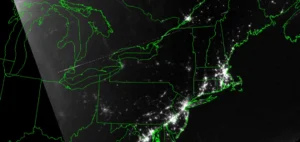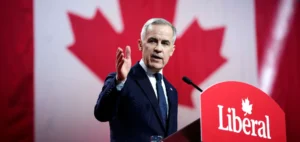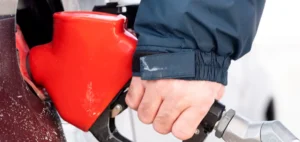The UK continues to push ahead with its energy diversification strategy, approving an unprecedented 131 renewable energy projects following a national call for tenders.
The projects encompass a range of technologies, with an emphasis on onshore wind, offshore wind and solar power.
Together, these initiatives aim to reduce the country’s dependence on fossil fuels and increase its energy security as part of a transition to cleaner energy sources.
Ultimately, these projects are expected to generate around 10 GW of new energy capacity, enough to power around 11 million UK homes.
This volume of new capacity, while less than the 11 GW announced for 2022, nonetheless marks an important milestone for the UK government, which sees these additions as essential to achieving its carbon neutrality targets by 2050.
The aim is to maintain steady growth in renewable capacity while supporting innovation and facilitating the integration of new technologies into the market.
Recovery in offshore wind energy with strategic adjustments
Offshore wind power, a central element of the UK’s energy strategy, is experiencing renewed momentum after a year of no new approvals in 2023, due to strike rates deemed insufficient by investors.
To remedy this situation, the UK government has revised its policy, increasing the budget allocated to tenders by 50%.
This led to the approval of nine major offshore wind projects, including Hornsea 3 and Hornsea 4 off the Yorkshire coast, destined to become Europe’s largest wind farms.
However, analysts such as Greenpeace point out that, despite the allocation of 5 GW of new offshore capacity, these projects will not be enough to meet the ambitious annual targets set by the government for offshore wind.
Analysts stress the importance of maintaining a sustained level of investment and development to ensure an effective and ongoing energy transition.
Easing restrictions to accelerate onshore wind power development
To further stimulate the growth of renewable energies, the UK government has also lifted certain restrictions on the development of onshore wind projects in England.
These constraints, often linked to local objections, limited the deployment of onshore wind power.
The easing of these restrictions is intended to facilitate local initiatives, enabling a more rapid increase in onshore renewable capacity.
This policy, supported by the Keir Starmer-led government, aims to meet the growing demand for green electricity while stimulating local economies.
At the same time, the UK is investing in new solutions to further diversify its energy mix.
A new public company, Great British Energy, is launched with initial funding of £8.3 billion over five years.
Its role is to support the development of emerging technologies such as floating wind turbines and tidal power, while consolidating the country’s position as a key player in the global energy sector.
Long-term objectives and regulatory issues
The UK’s ambition to become a world leader in renewable energy is clear, but it comes with structural challenges.
A coherent regulatory framework and appropriate financial incentives are needed to attract private investment and ensure the harmonious development of renewable infrastructure.
Coordination between national and local authorities, and management of potential conflicts between energy needs and environmental concerns, are also crucial to successful deployment.
Industry experts suggest that international cooperation could play a key role in sharing best practice and developing new technologies.
The UK, with its expertise in offshore wind and marine energy, is well placed to contribute to international partnerships that could accelerate the global energy transition.
An investment framework to stimulate innovation
The approval of 131 new projects underlines the UK’s determination to boost its renewable energy production capacity while stimulating technological innovation.
By setting up tools such as Great British Energy and relaxing the rules for onshore wind power, the government is seeking to encourage the participation of private players and reduce the long-term costs of new technologies.
This strategy also aims to secure the country’s energy supply while reducing its carbon footprint.
Public policies, combined with robust private investment and technological advances, are playing a key role in positioning the UK as a key player in the global energy transition.
As the country seeks to meet its national climate targets, it is also preparing to help shape the future international energy landscape.





















